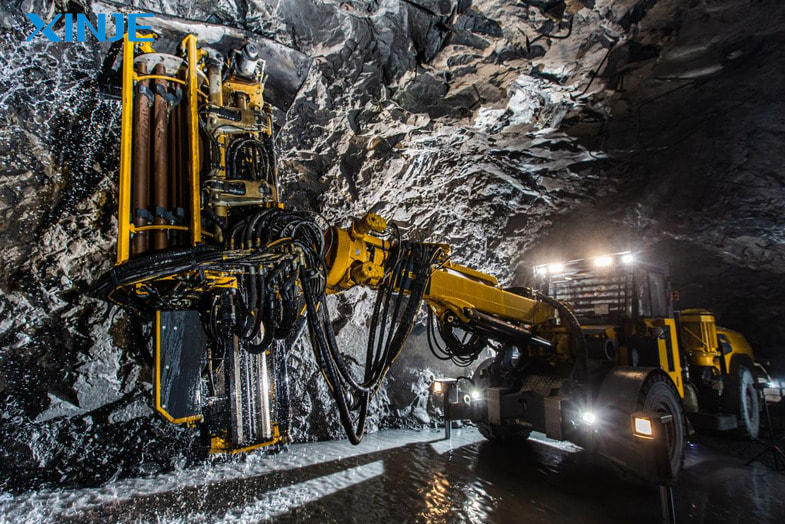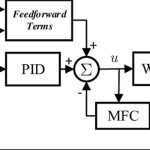Automation in the mining industry (Automated Mining) is becoming an inevitable trend, helping businesses improve production efficiency, minimize safety risks and optimize operating costs. With the support of advanced technology, from self-driving cars, automatic drilling machines to smart monitoring systems, automation not only brings about great breakthroughs but also shapes the future of the mining industry.
Let’s XINJE explore the benefits, practical applications and challenges of automation in the article below.
What is Automated Mining?
Automated Minin is a trend that is completely changing the mining industry in the world. This is the application of modern technologies such as robots, artificial intelligence (AI), and self-driving systems to optimize mining processes, increase efficiency and reduce risks for humans.
According to reports, the rate of automation application in the mining industry has increased by nearly 25% in the past 5 years. The total value of the automated mining market is estimated to reach 4.03 billion USD by 2027, demonstrating the great potential of this trend.
What are the benefits of using Automated Mining in the mining industry?
- Increased productivity: Automation helps optimize the mining process, reduce machine downtime and increase work efficiency. Mining robots are capable of working 24/7, helping to exploit maximum minerals in a short time.
- Increased safety: Mining is a particularly dangerous environment. The application of automated equipment such as robots or remote control systems helps to minimize risks to humans, especially in cases of landslides or blasts.
- Saving operating costs: Automated Mining helps reduce labor costs and save energy thanks to more efficient operations. AI and Big Data systems help optimize resources, thereby increasing the sustainability of mining operations.
- Improved accuracy: Automated systems can be programmed to mine ore accurately, minimizing waste and optimizing resource use.
- Stable operation in harsh environments: Automatic machines can work in harsh environments such as high temperature, high pressure, or complex terrain. In particular, the equipment can operate in deep mines, where humans have difficulty accessing.
Automation in the mining industry not only brings superior production efficiency but also significantly reduces safety risks and environmental impacts. Applying modern technology helps businesses optimize costs, improve productivity and ensure long-term sustainability.
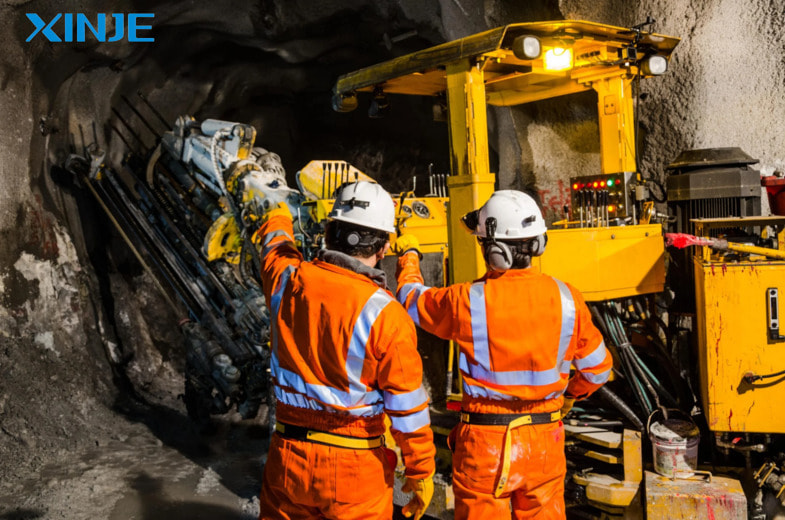

What are the limitations of using Automated Mining?
- High initial investment costs: Implementing an automated system requires businesses to make large investments in technology, modern equipment, and supporting infrastructure. This can be a barrier for small businesses or businesses facing financial difficulties.
- High skill requirements: Operating and maintaining automated systems requires staff with in-depth technical and engineering expertise. Therefore, businesses need to spend more on training or recruiting highly qualified personnel, while the human resources with experience in this field are still limited.
- Dependent on technology: Applying automation makes businesses dependent on technology and equipment suppliers. If there is a technical problem, software error, or lack of replacement parts, the entire production process can be disrupted, causing great losses.
- Cybersecurity challenges: Automation systems are often directly connected to the internet or big data systems, making them vulnerable to cyber threats. Hacking can lead to the loss of critical data or disruption of production.
- Impact on the workforce: Automation can reduce the need for unskilled labor, leading to job losses for many workers. This not only affects personal lives but also causes social problems, especially in areas where mining is a major industry.
These limitations show that, although automation brings many benefits, businesses need to consider carefully before implementing it to ensure optimal efficiency and avoid potential risks.
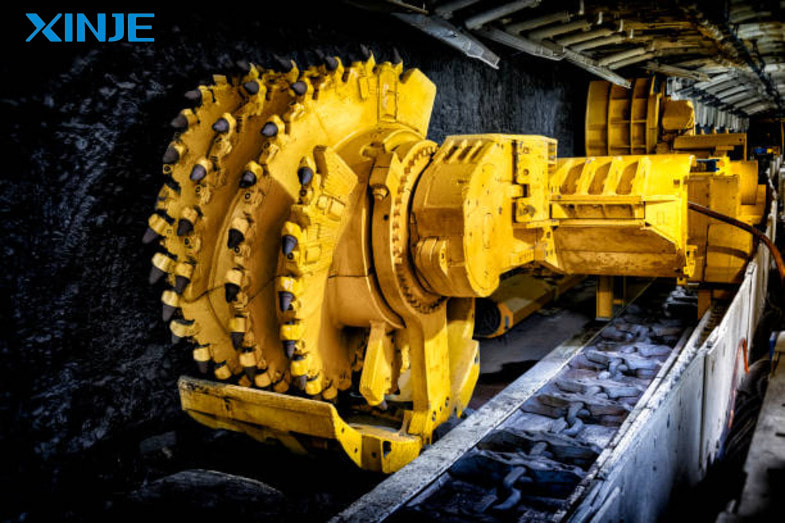

Technologies used in Automated Mining
- Mining Robots: Robots are used to excavate and transport minerals. They are capable of handling complex situations during mining such as landslides or toxic mineral areas.
- Autonomous Vehicles: Self-driving trucks and transport equipment are equipped with automated technology to minimize accidents and optimize routes in mines. Thanks to GPS technology and sensors, these vehicles are capable of operating independently without a driver.
- Remote Operation Systems: Mining equipment today is integrated with IoT systems for remote management. Operators can monitor operations in real time from the control center, ensuring smooth processes.
- Big Data and Artificial Intelligence: AI and Big Data are used to analyze, predict mining trends and optimize processes. They help predict incidents to plan machine maintenance, reducing the risk of machine downtime.
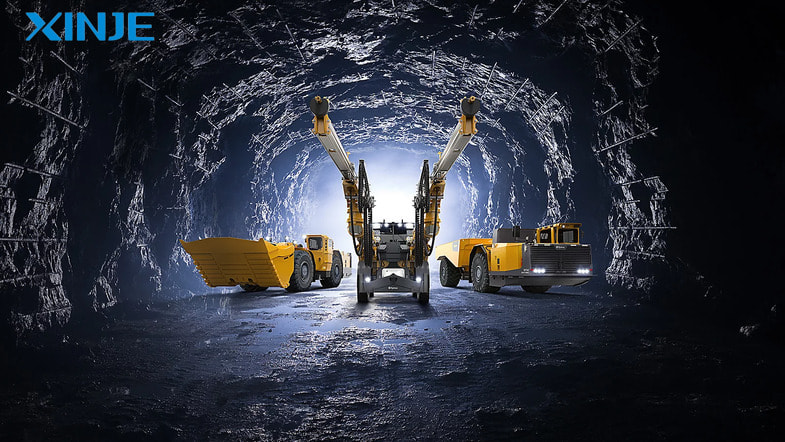

Conclusion
Automation in the mining industry not only opens the door to a new era of more efficient production, but also shapes the future of the industry with a safer, more sustainable and smarter future.
Although there are challenges, with the continuous advancement of technology, these barriers will gradually be overcome. Investing in automation is not only a trend but also a decisive factor for mining enterprises to improve their competitiveness and develop sustainably in the digital age.
The future of the mining industry will be closely linked to innovation, and automation is the key to opening up new opportunities.

